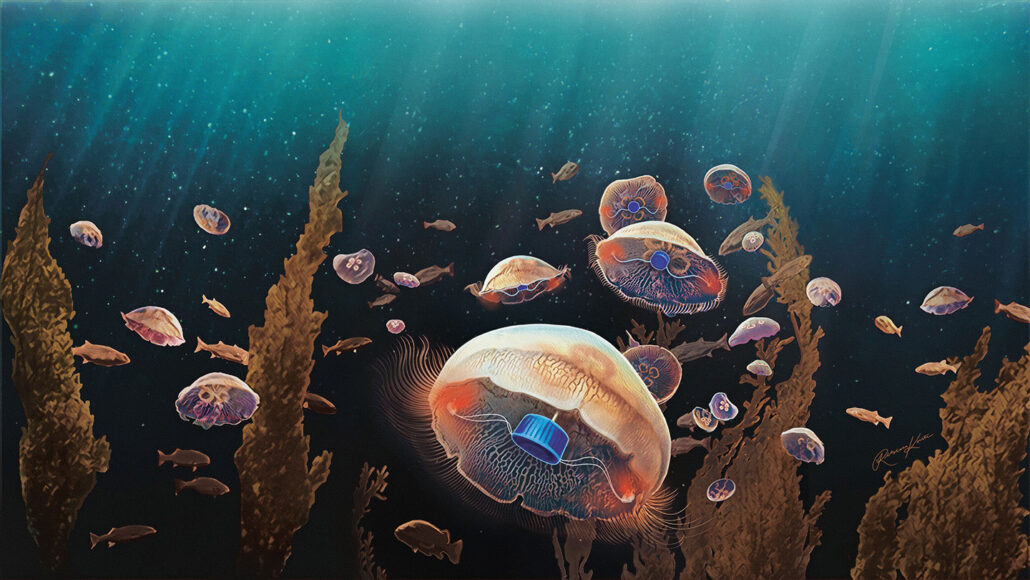Questions for ‘Meet 5 types of robots with living body parts’

Why build robots from scratch when animals are already so good at moving and sensing? Scientists who develop biohybrids combine living parts with machinery to create more capable robots.
Rebecca Konte